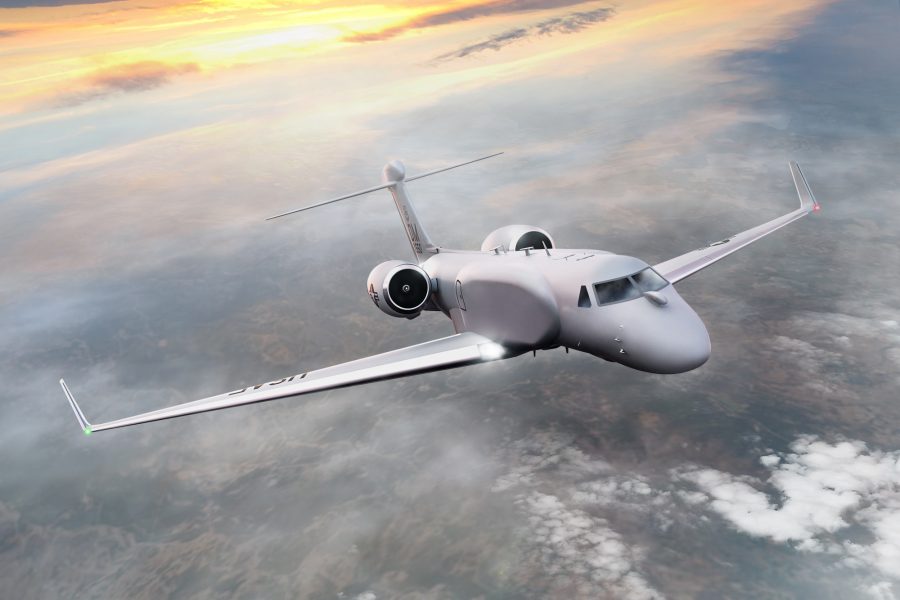In high-end conflict with peer adversaries, the U.S. Air Force faces sophisticated integrated air defense systems and advanced command and control networks. Defeating those systems will require advanced electromagnetic attack systems that can deny, degrade, and disrupt opposing forces.
“Peer-nation adversaries have more sophisticated anti-access area denial capabilities—A2/AD—with kill chains or kill webs that are no longer stagnant,” said Stephanie Fehling, director of electronic attack solutions at BAE Systems. “They’re increasingly more complex and resilient. They’re using a much broader range of the electromagnetic spectrum for their combat operations, and they’re also quickly adapting commercial technologies for use in their operations.”
That changes what success looks like. It’s no longer a matter of using the electromagnetic spectrum, but also “denying our adversary’s use of that same spectrum,” Fehling said. “This is where electromagnetic jamming comes into play, using the spectrum to deny, degrade and disrupt enemy communications — really preventing them from transmitting essential information between themselves, their weapon systems, and their control networks, while preserving our own use of the spectrum.”
To defeat A2/AD strategies and systems, U.S. forces will need a combination of platforms and capabilities, both built-into fighter aircraft and standoff jammers that contribute from afar.
“In order for other platforms to perform their mission, we need to provide simultaneity, persistence, and computing resources — and of course power,” Fehling said. “That’s what a standoff jammer brings to the fight. It’s the base layer or foundation…required to dominate the spectrum.”
BAE Systems is involved in rehosting the Compass Call mission from its original long-time host, the EC-130H, to a Gulfstream 550 business jet. The new EA-37B —the EA is for electronic attack—is the Air Force’s premiere airborne electronic attack weapon system,” Fehling said.
The Compass Call mission “is to disrupt enemy command and control, communications, radars, and navigation systems,” Fehling said. “It’s there to restrict our enemy’s battlespace coordination.”
The new G550 jet platform is superior in almost every way, she added: “A platform that can fly faster, farther, and higher makes that whole team more effective, more lethal, and more survivable.”
Advances in technology are changing the way leaders look at platforms like Compass Call, Fehling said. “The Department of Defense is shifting from purchasing platforms to purchasing capabilities,” she explained. “Industry needs to adapt and provide platform-agnostic capabilities, modular payloads with open system architecture.”
Rapid advances in software and the underlying hardware mean next-generation electromagnetic attack systems will integrate new capabilities into operational systems more readily, Fehling said. The Sensor Open Systems Architecture, or SOSA, will help make that possible. SOSA-compliant hardware will enable rapid upgrades to fielded capabilities, “minimizing the time required to bring important performance improvements to bear,” she said. Those could include instantaneous bandwidth changes, expanded, dynamic range, or faster processing speeds.
Likewise, a recently developed services-based open software architecture makes it possible to containerize applications, enabling more rapid app updates. “Designing an application to a common interface allows a broader segment of industry to participate,” Fehling said. “So that we can put the best of the best in the hands of the warfighter.”
In this modular environment, designers are handed hardware development kits and software development kits to design their applications using a services-based open software architecture. “This can be really important for a unique requirement or an urgent requirement. It really speaks to the agility that we need to outpace the threat,” she said.
With an open-standards approach, USAF will be better positioned to counter the rapidly evolving threats in the electromagnetic spectrum.


